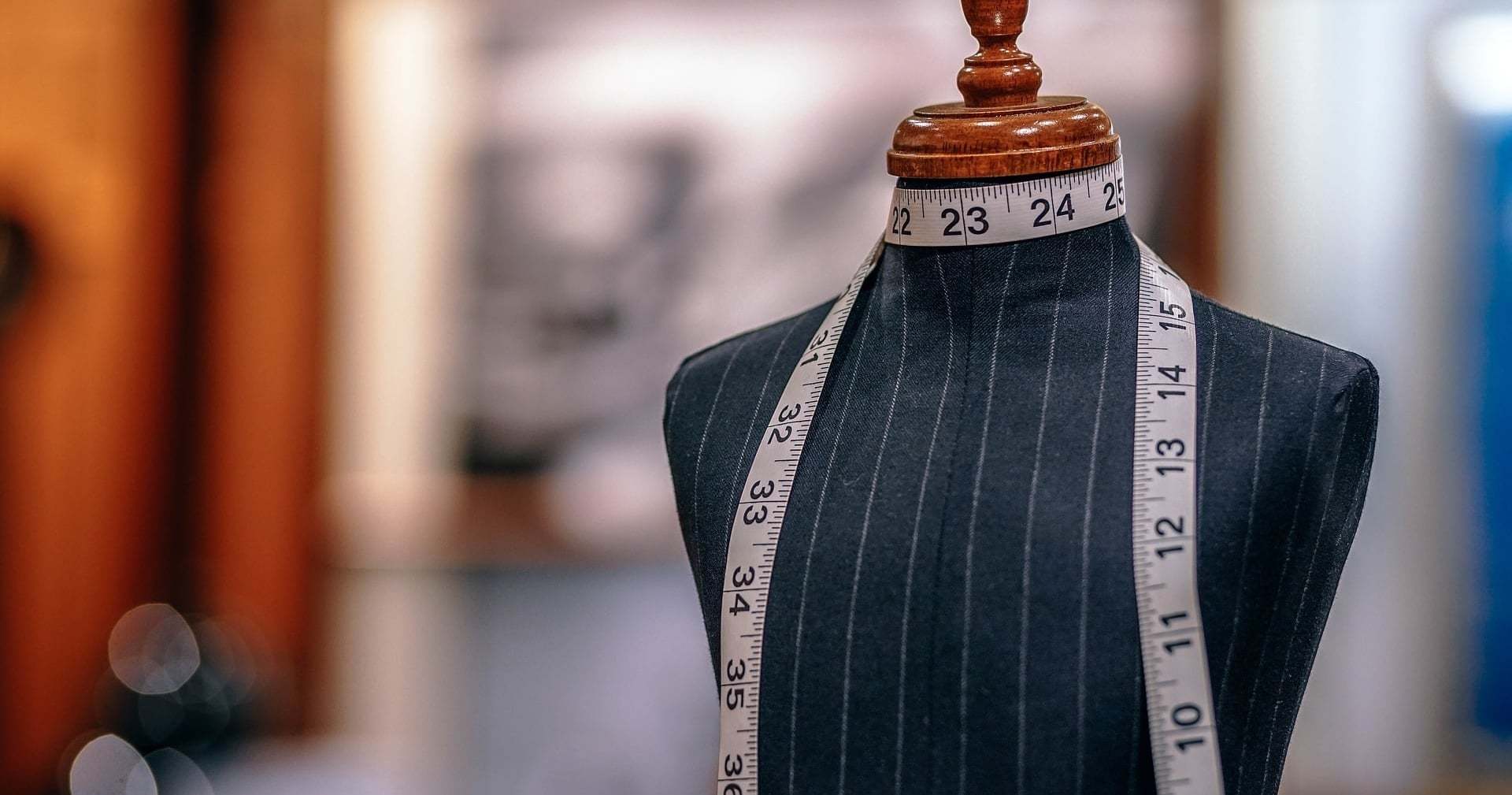Even with the rise of online shopping, store mannequins are still the primary way that retailers of every size display their wares. In essence, these fashion figures are sculptures that replicate the human form just without any visible signs of aging or disproportion. As such they represent the garments for sale in their best possible light. For that reason alone, mannequins are here to stay because they influence the buying decision and make cash registers ring. You may not think of these figures as a silent sales force, but they are, and have been for centuries. In this article we cover the history of the mannequin and why this industry has no signs of quit in it!
We can credit the ancient Egyptians with inventing the mannequin. None other than King Tut himself owned a made-to-measure body double and his clothing, it is surmised, was designed and tailored on it. Mere mortals were not allowed to touch his body so the mannequin offered the ideal solution. It was clearly a prized possession and was found in Tut’s tomb, next to a chest containing the ruler’s clothing.
For centuries, mannequins were used only by very exclusive clothing designers retained by royalty. The figures were used to send the latest court styles to rulers in other countries. Over time, these forms were simplified, probably because heads not only rolled during the French Revolution at the Court of Versailles, but also in transit. By the late nineteenth century, mercantile stores began crafting life-sized dummies and effigies as the now more affluent middle classes demanded the same considerations as their ‘betters’.
Frank Baum, the writer known for his much loved “Wizard of Oz” children’s novels, got his start as a window dresser and used the medium to imagine and block story lines. In an interesting sidebar, religious organizations were horrified that many retailers dressed and undressed their mannequins IN THE WINDOWS. This led to a nationwide ruling that window dressing had to take place behind drapes or the figures had to be clothed at all times when on display. The laws remained in force until the 1960s.
Another industry growing pain surrounded the composition of the mannequins. Most were carved wood with a thick layer of wax applied and sculpted to resemble flesh. Heat was the forms’ enemy, and many met their end on a hot day. Paper mache forms followed, but these did not store well. Next came plaster, plastic and its variants. Never cheap, today’s mannequins are pricey. Entry-level mannequins are made of fiberglass, sometimes finished in plaster, and painted in varying fleshtones. These generally wholesale in multiples for under $200 each. High style mannequins such as those found in trendy boutiques or designers’ studios are molded from resin, and even lucite. Prices for these, and custom mannequins can reach over a thousand dollars per unit. But there is retail gold in them thar mannequins, so their initial cost is quickly realized in store sales and revenue.
Mannequins Tell A Story
Few of us have passed a store without stopping due to the alluring mannequin displays. They are designed to capture interest and invite shoppers inside. The most attractive window displays tell a story and may include a backdrop and additional props such as furniture to complete each scene. Graphic signage usually completes the tableaux and the story unfolded from window-to-window across the front of a retail store, with each window serving as a diorama. There is an art to this level of storytelling, and most visual merchandisers earn four-year bachelor’s degrees in this discipline. It takes creativity and talent to make eye-catching arrangements and the best visual merchandisers are in high demand. No matter who designs the display, the star of every show is always the mannequins.
Today there are about 250 mannequin manufacturers worldwide. Once available only as youthful men or women, many of these companies now make mannequins in every age, race, and form from infant, to seniors, maternity, and even plus size models. Every May industry reps gather in New York City to debut this season’s newest options for buyers in an event sponsored by the National Association for Display Industries (NADI). Mannequins, it would appear, are big business. The industry grosses about $2-billion annually. But fashion is not the the only purpose for the mannequin. They can help to save your life, too.
Extremely lifelike robotic medical mannequins are available as newborns to the elderly. These figures that simulate actual medical conditions are utilized in medical schools and hospitals to train doctors, nurses, and EMTs on new techniques as well as standard medical procedures. The cost of these training tool mannequins, also called ‘manikins’, ranges from the tens to hundreds of thousands; there is also a brisk secondary market worldwide. Mannequins lend themselves to the world of culture, too. They have been the subject of a major exhibit at the Metropolitan Museum of Art and frequently serve as the backdrop whenever a famed fashion or theatrical designer’s work is featured. Not everyone loves mannequins, however. Just like clowns, some people, especially those who have seen them stored in retailers’ back rooms minus their wigs and or limbs, find them creepy.
Mannequins are not relegated to in-store use. In fact, images of dressed mannequins are used by online retailers to display products on their websites. Mannequins remain the best display form for clothing and apparel to reach every age and demographic. As such they remain a popular display item today, as well as a highly-prized collectible. Some fashionistas arrange several in their homes to showcase https://www.revolve.com/!
In conclusion, throughout the ages, consumers have viewed the mannequin as an extension of themselves and have made their buying and other decisions based on these not always accurate but very flattering ‘mirror’-images. Today’s mannequins are high-style and high-priced to reflect the public’s conspicuous consumption of consumer goods. Love ’em or love to hate ’em, mannequins are a sales force that never calls in sick and doesn’t require use of a company car!



